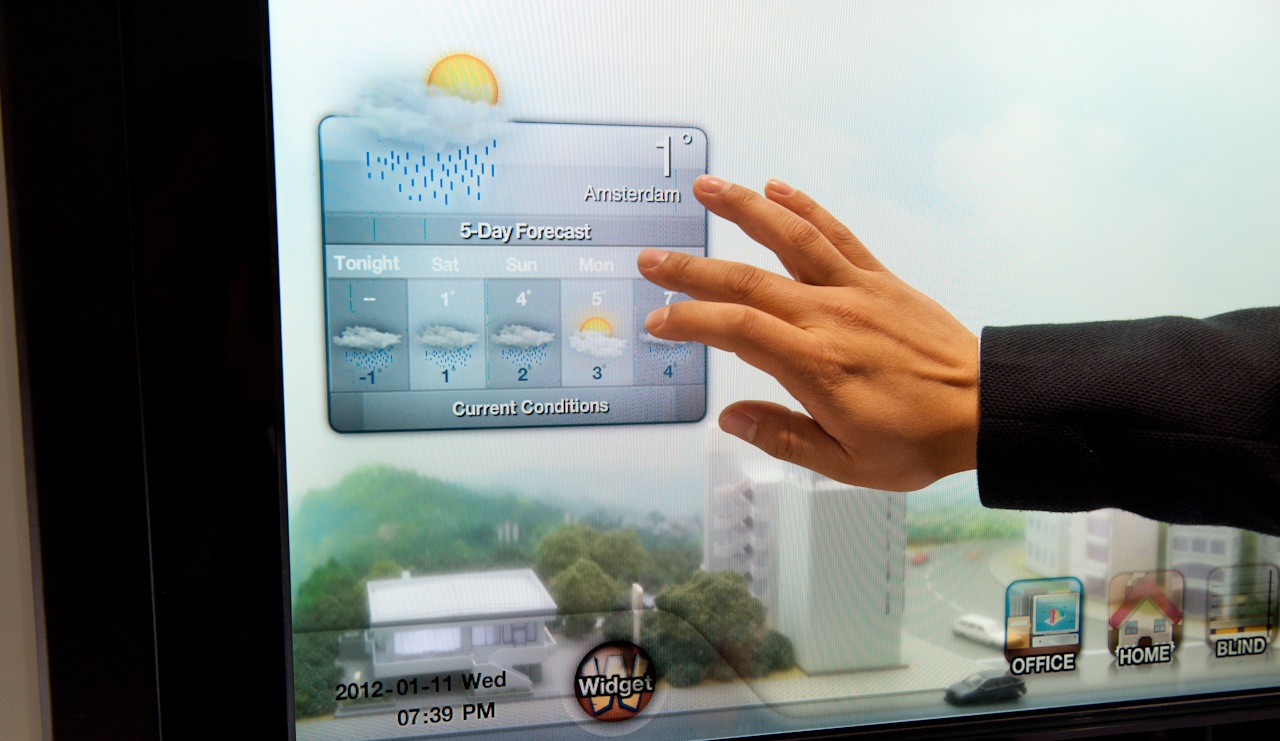Smart glass is the technology of the future at your home

Currently, in order to increase the efficiency of employees and increase the functionality of buildings, architects and interior designers strive to optimize office space. They are looking for solutions that would not only allow employees to create the most comfortable conditions, but also increase the functionality and potential of office buildings, from which we demand more and more.
Architects and designers are helped by modern and innovative solutions, such as smart glass, that is, intelligent glass. How does it differ from the usual one and how does it work? What is the difference between smart glass and smart window film?
Traditional glass and smart glass – differences
Pure glass, from which traditional glass panels are made, is a very simple material of mineral origin. In its production, cheap and widespread raw materials are used in a simple technological process. Under normal conditions outdoors and indoors, the glass is not subjected to any chemical reactions, which means it is neutral.
For this reason, it is an excellent carrier for active materials that can enhance its functionality. Work on the improvement of glass in order to optimize the space of buildings in which this happens has been going on since the 1980s. However, only now they are producing exceptionally innovative, satisfactory and measurable results.
What is smart glass?
Intelligent glass contains active materials whose light-transmitting properties can change under the influence of three factors – electric voltage, light or heat. Then it goes from transparent to translucent or opaque, and vice versa, from transmitting light to blocking some or all wavelengths of light.
It is important to note that intelligent glass, which can be used in buildings, is largely associated with regulating the flow of not only sunlight, but also thermal energy, which can help improve the energy balance in interiors. However, some models do not completely restrict the access of daylight, so that very good visibility will be maintained in the premises, eliminating the need for artificial lighting.
The technologies used in smart glass include electrochromic, photochromic, thermochromic, suspended particles, microblocks and liquid crystal devices with dispersed polymers.
Smart glass and smart window film – similarities and differences
It is worth knowing that the principle of operation on which the smart window film is based is no different from smart glass based on liquid crystal devices. In the same way, it allows you to manage office space by controlling the amount of passing light and solar heat. However, the difference lies in the cost of such investments.
Smart window film can be installed on all types of models, unlike smart glass, which requires replacing existing windows, besides it is about a hundred times more expensive than traditional ones.

Order
remotely with one click
